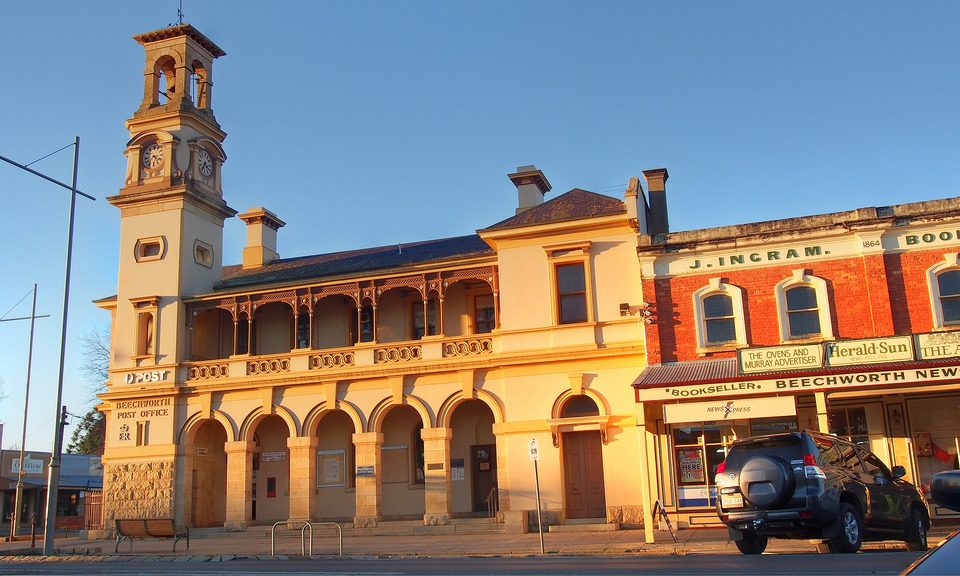An alternative to airconditioners?
Rodney Hogg to speak on ‘motivation’ in Vic.
August 28, 2006Motorists want to & can be ‘CO2 emission neutral’
August 30, 2006Could a European building material replace airconditioning here?
We say we NEED more power generating capacity BUT we’re wasting energy.
Air conditioning installations in Australian homes have increased from 33% in 1994 to 60% in 2005 and the trend is continuing (CSIRO Sustainability Network Page 12) AND a large proportion of houses remain uninsulated, so it is no surprise that electricity demand is increasing and peak load supply problems are occurring.
CSIRO asks “Why are we not out there looking for innovations such as the following?”
In Germany an innovative wall-cladding has been developed: a wax-like additive greatly increases thermal storage of indoor plaster and building panels, giving a 3cm thick wall the thermal comfort of a 40cm concrete wall.
The cladding is made from ‘micro-encapsulated phase change materials (PCM), specifically paraffin. PCM cladding can be used wherever a large heat storage capacity is needed. Dr Hans-Martin of the Frauhofer Institute for Solar Systems (ISE) says, “With such a system, conventional airconditioning could become unnecessary.”
In the current Australian building industry climate doing the right thing is just too much of a struggle says CSIRO. There is a high level of energy wastage and a lack of innovation in getting around air-conditioning.
AN EXAMPLE: The builders of a new Aussie ‘pre-configured’ home – for which building materials were pre-cut before delivery on site – struggled to get adequate insulation installed, although the building company had specially modified the contract to include insulation for all external walls. The insulation was not installed as the on-site crew was not used to dealing with this non-standard variation. This meant the exterior cladding had to be removed to retrofit the insulation.
In the UK PCM is being incorporated into aerated cement blocks made by H+H Celcon.
How does it work?
Microscopically small polymer capsules containing a pure wax storage medium at their core – ‘phase-change materials’ – are inserted into the aerated concrete during production. If the room temperature exceeds the switching temperature of 26 degrees Celsius set during production, the wax inside the microcapsules melts and absorbs the excess heat.
If on the other hand it falls, the wax becomes solid and the capsules release their heat again. The temperature differences between night and day ensure the alternating sequence of melting and solidifying.
It appears this product is not on the market here in Australia though Council House 2, in Little Collins Street Melbourne, uses phase-change materials for cooling and in 2005, the Green Building Council of Australia awarded the building 2 six Green Stars – in a system where the minimum rating is one star and maximum is six – which represents world leadership in office building design.
If you have read this far the Action List from ‘Change the World for Ten Bucks ‘We are what we do’ may interest you. Check it out!



1 Comment
Excuse my ignorance, but with the PCM make the buildings more flammable? In our bushfire prone areas where even the bricks reach high temperatures during fires, this may be a concern.